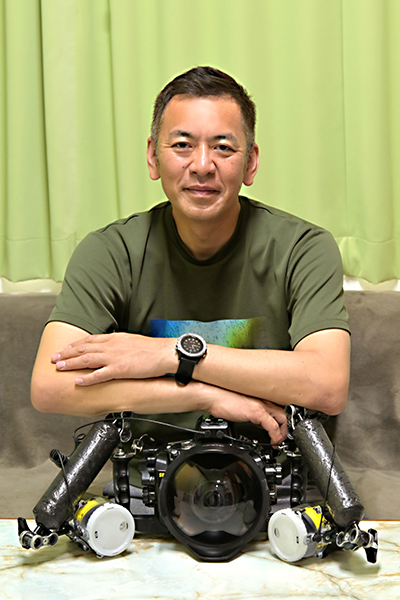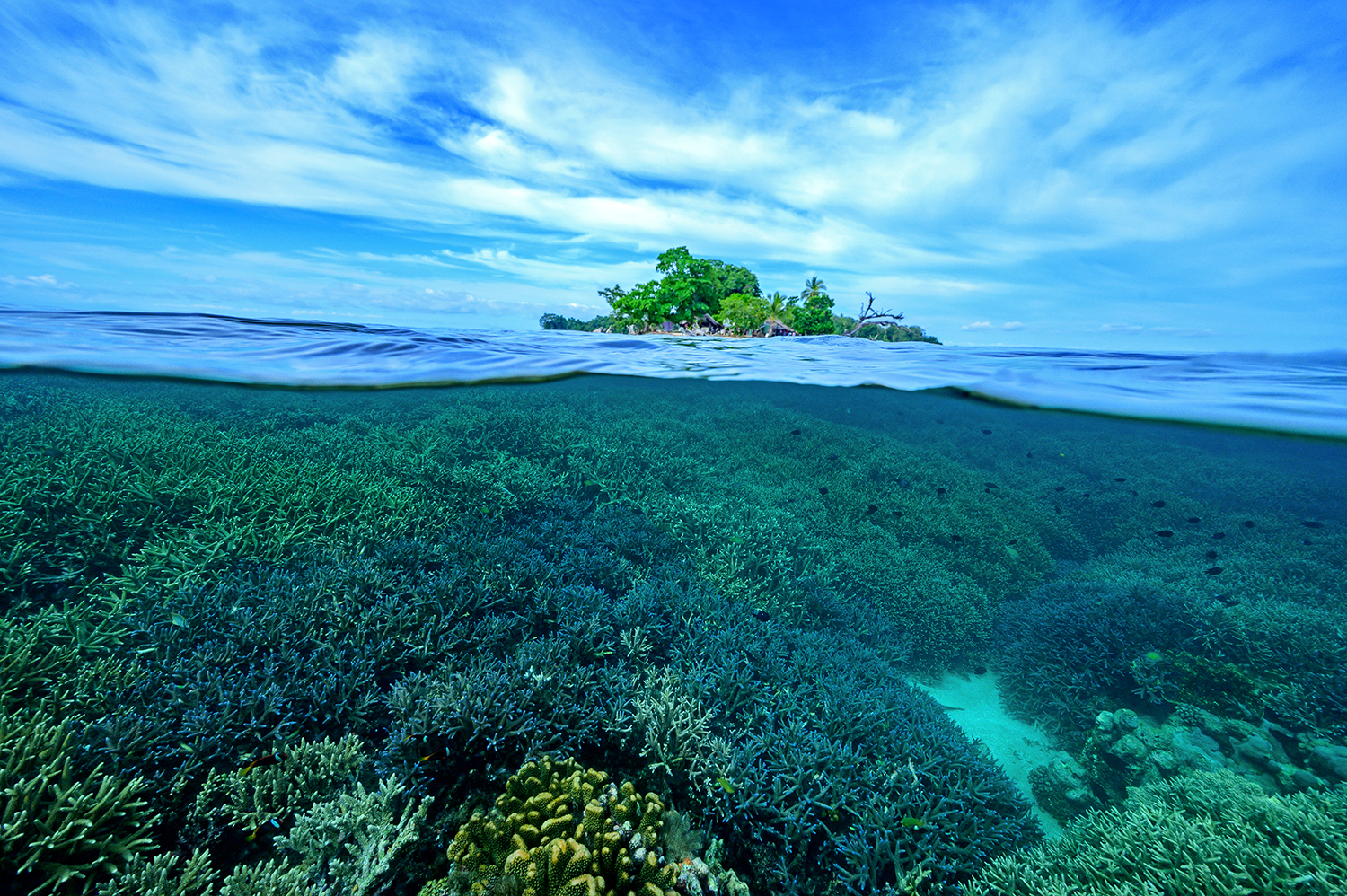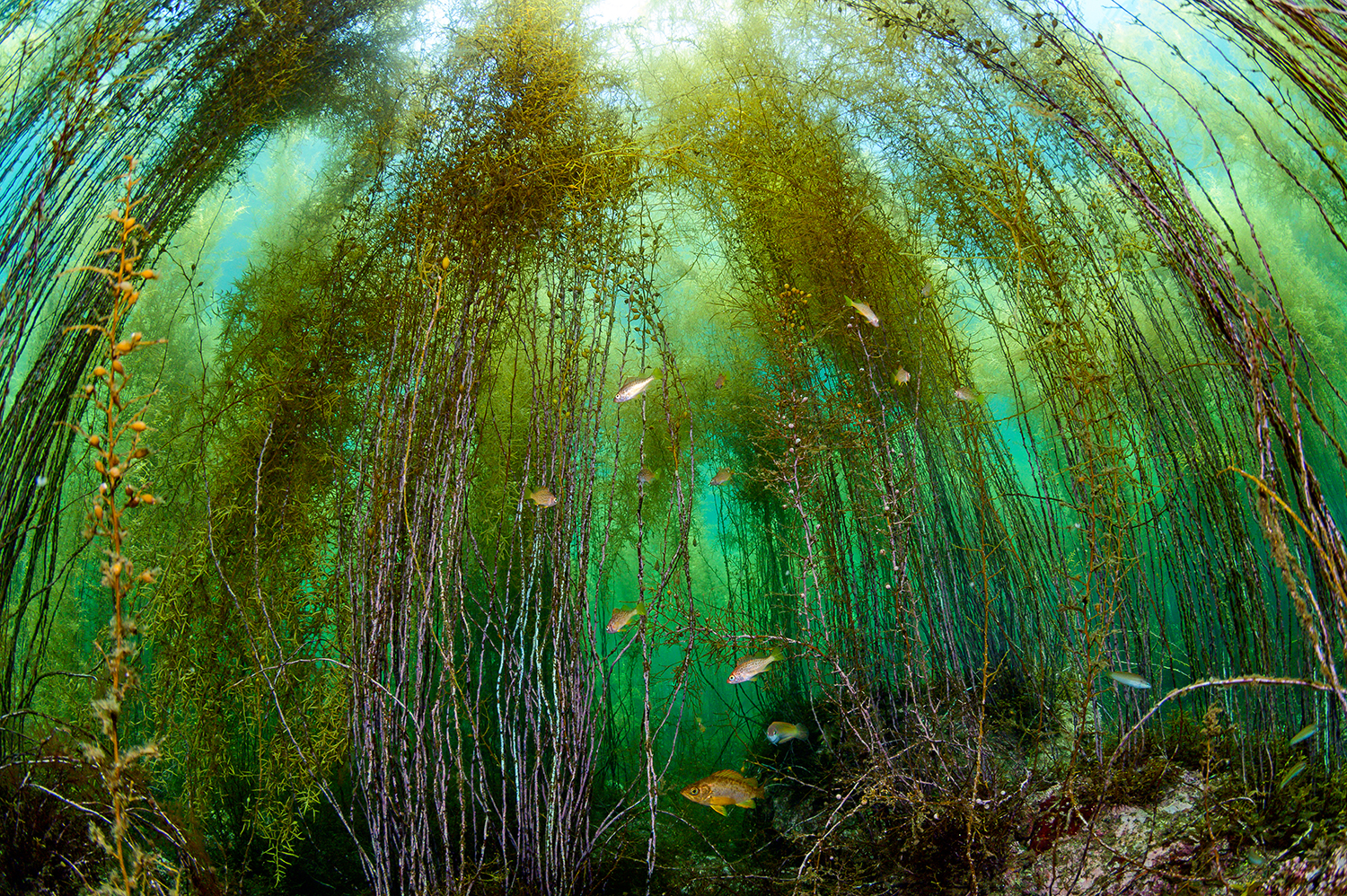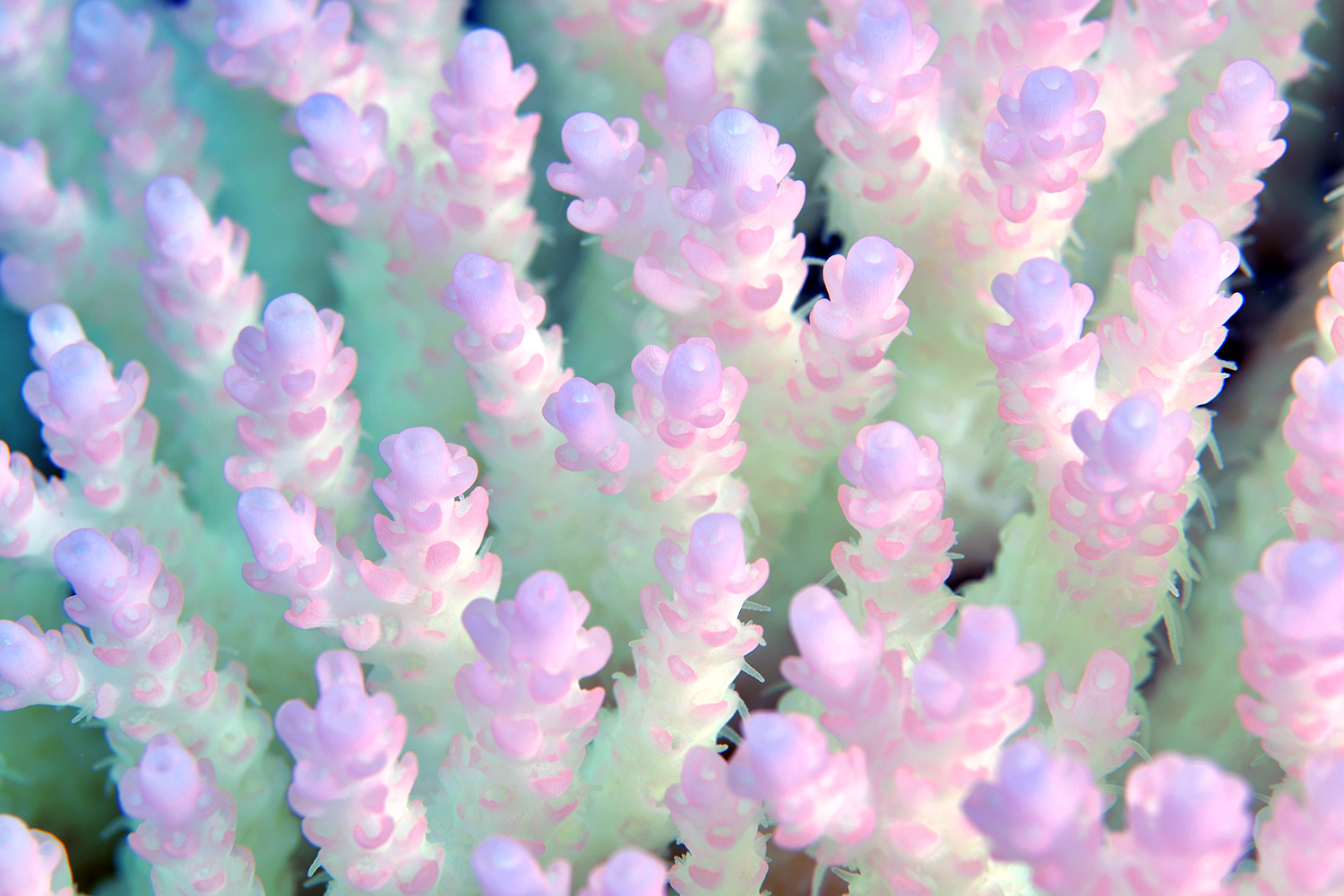AMBASSADORS


|
At the age of 10, he encountered diving in the Keramas Islands of Okinawa and was captivated by the underwater world. For more than 20 years, he has continued to visit and photograph the Henoko Sea, which is his life's work. He has published numerous articles in newspapers and magazines on the theme of environmental problems in the sea and the drama of life, and is also active in giving lectures and other activities. |



| ●Housing acclimated to the body |
|---|
|
When I was 10 years old, I picked up my first motor marine. The NX-100 PRO housing for the Nikon F100 was the first SLR housing I purchased. I have used it for a long time so far: NX-100, MDX-D100, MDX-D200, MDX-D300, MDX-D500, MDX-D800, MDX-D810, MDX-D850, MDX-Z7. I started using them initially because they were reliable products, but now they have become like a part of my body: the position and hardness of the buttons, the tension of the shutter release, the operability of the dials, the position of the grip, and the underwater balance. |
| ●Wide shooting emphasizes mobility. |
|---|
|
Currently, I use the MDX-Z7 (Nikon Z6) and the YS-D3 MK LIGHTNING for wide-angle photography. The YS-D3 MK LIGHTNING is excellent for continuous shooting without waiting for the recycle time, even with schools of fish approaching at GN16. The MDX-D850 and the YS-D3 MK LIGHTNING are used for macro. I prefer crisp, detail-oriented pictures, so I use the MDX-850 for its high resolution. Since the camera uses thumb AF for focusing, the locking mechanism of the AF-ON button eliminates the need to half-press the button to focus, allowing the photographer to concentrate on the shutter release opportunity with fast-moving subjects. I use the YS-D3 MK/LIGHTNING because I like its ability to use the manual GN1 fine light and its excellent fast shooting performance for wide-angle photography. |
| ●Tough, unbreakable equipment |
|---|
|
In my life's work of photographing Henoko, I climb a stream in the forest with two housings in the morning and swim 400 meters one way from the shore in the afternoon with two housings as well. I have used SEA&SEA housings for all the forest, river, and ocean shoots in Henoko that I have been taking for the past 20 years. I believe that I have been able to continue these tough shoots for many years because of SEA&SEA's lightweight sets, not only for underwater balancing but also on land. When shooting on long location shoots or in remote areas, the most demanding thing is to have tough and unbreakable equipment. Many modern housings use plastic for important levers such as the shutter and REC, which makes us a little uneasy when we are on a shoot that we will never be able to shoot again. I have been able to have them replaced with metal parts on a case-by-case basis, and so far I have not had any serious problems. I welcome the cost reduction and easier purchase, but I hope they will continue to make products that can withstand the frequent use by professional photographers. |
